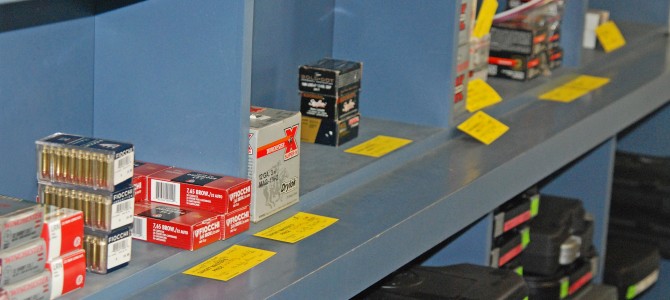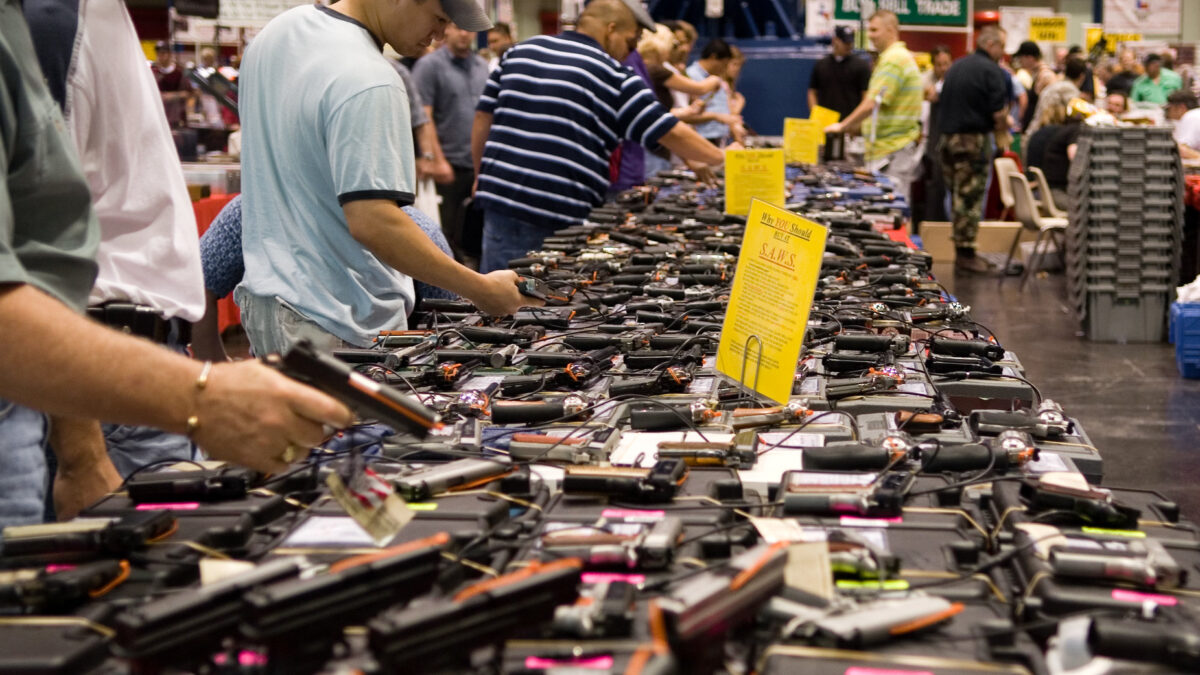Firms and tinkerers have improved 3D printed weapons greatly since Cody Wilson first fired the Liberator in 2013. The Liberator is the first fully 3D-printed (except for the firing pin), single-shot, smooth-bore, underpowered pistol made from ABS plastic, the same material used in Legos. Just as the Internet mockery of the Liberator began to die down, 3D printing company Solid Concepts printed a workable metallic M1911—the most beloved American handgun. The sale of metal 3D printers is up and their prices are falling rapidly, which means it’s only a matter of time before gun control is rendered obsolete, and ammunition control becomes the anti-gun lobby’s focus.
Most gun aficionados view 3D printed guns as unreliable novelties. Large-gun firearm manufacturers haven’t developed breaches, bolts, barrels, or gas systems out of polymers because they lack the strength, hardness, or high melting point of steel. Polymers can melt or crack at temperatures a firearm may reach inside, causing it to fail. For that reason, store-bought quality firearms cannot be printed at home—yet.
3D printed lower receivers, however, are a reality. Lower receivers house the smaller moving parts, like the trigger assembly, in firearms such as the AR-15. They are also regulated by the Bureau of Alcohol Tobacco and Firearms (ATF) as a firearm. Lower receivers can be made of polymers because they aren’t exposed to the heat from firing rounds.
How to Circumvent Gun Control
3D printing is just one way people could theoretically circumvent gun control laws. Loopholes in gun control regulations have prompted some businesses to start selling lower receivers that are only 80 percent complete, requiring the purchaser to finish assembling the additional 20 percent. Selling 80 percent receivers (sometimes with instructions on how to complete them) circumvents gun laws and registration in some states like California. After all, the state can’t require anyone buying a billet of steel to register it as a firearm—that would defeat the purpose of registration—so selling the components separately or partly manufactured is one way around gun laws.
ATF recently raided Ares Armory for selling 80 percent receivers because they refused to turn over lists of their customers. Suppose the government forces all 80 percent receivers to be registered. Retailers will start selling, say, 70 percent receivers with instructions, and the resulting race to the bottom will make the registration laws worthless. Ironically, cracking down on 80 percent, 70 percent, or whatever percent new regulations decree must be registered will only turn customers toward 3D printing lower receivers instead. And that’s already happening.
Wanted: A Few Good Bullets
Technological innovation and circumventing gun control legislation leaves only one path toward control guns: ammunition control. The New York SAFE Act has already begun to move in that direction. By restricting ammunition sales, registering it, requiring a license, or raising prices, states might effectively enact gun control by controlling ammunition. After all, what good is a firearm without the bullets?
Restriction of ammunition supply is already happening. Ammunition prices have already spiked in recent years, as have gun sales, leading to dramatic shortages every gun owner notices when browsing at the store. Ammo stockpiling from the U.S. Department of Homeland Security and other agencies like the U.S. Post Office is not reducing the demand, either. The AFT has already moved in this direction by banning some surplus ammunition imports from Russia.
By definition, polymers, or even metal, cannot be 3D printed into gun powder. The components of gun powder are easily subject to regulations, and 3D printers don’t produce granulated powder. In other words, home production of ammunition would require workarounds and technological innovations which do not yet exist.
People should oppose gun control restrictions and registration requirements, but we shouldn’t let these turn our eyes from the existential threat of ammunition control. If ammunition printing ever becomes as cheap and effective as printing firearms parts currently is, then we can all rest assured that the right to keep and bear arms will never again be as infringed as it is today. Until that day comes, ammunition controls may be the most effective form of gun control.
John Carnes is an engineer, firearms enthusiast, and outdoorsman who holds a deep passion for liberty and free markets. He lives and works in northern Virginia.









